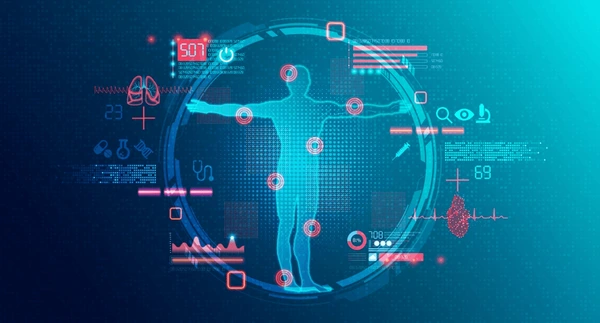Wearable health monitors have come a long way since their inception. Initially, they were primarily used for fitness tracking, counting steps, and monitoring heart rate. However, technological advancements have transformed these devices into sophisticated tools capable of providing comprehensive health insights.
Smartwatches
Emerged as early pioneers in the wearable health market. They offered a range of features, including heart rate monitoring, sleep tracking, and basic fitness metrics. While these devices were valuable for general health awareness, their capabilities were limited.
Biosensors
Have been a game-changer in the wearable health space. These tiny devices are embedded into wearable devices, allowing for real-time monitoring of various physiological parameters. Biosensors can accurately measure vital signs like heart rate, blood pressure, and respiratory rate. They can also track more specific biomarkers, including glucose levels for individuals with diabetes and stress markers for those managing anxiety or other mental health conditions.
The Power of Biosensors

Biosensors offer several advantages over traditional health monitoring methods:
Real-time data: Biosensors provide continuous monitoring, enabling individuals to track their health parameters throughout the day. This real-time data can help identify trends and potential health issues early on.
Non-invasive: Most biosensors are non-invasive, eliminating the need for painful or inconvenient procedures. This makes them more accessible and convenient for everyday use.
Improved accuracy: Biosensors often provide more accurate readings than traditional methods, such as manual blood pressure measurements. This can lead to better diagnosis and treatment decisions.
Future Trends in Wearable Health Monitors
As technology continues to advance, we can expect to see even more innovative wearable health monitors.
Some potential future trends include:
Miniaturization: Biosensors will become even smaller and more discreet, allowing for seamless integration into clothing or even implanted devices.
Increased functionality: Wearable devices may be able to monitor a wider range of health parameters, including skin hydration, body temperature, and even cognitive function.
Artificial intelligence (AI): AI algorithms will be used to analyze data from biosensors, providing personalized insights and recommendations.
Integration with other devices: Wearable health monitors may be able to connect with other smart devices, such as smartphones and home automation systems, to create a comprehensive health and wellness ecosystem.
Conclusion
The evolution of wearable health monitors from simple step counters to sophisticated biosensors reflects a broader trend towards more personalized and proactive healthcare. These devices have the potential to revolutionize health monitoring by providing real-time, continuous insights into a wide range of physiological parameters.





Leave a Reply